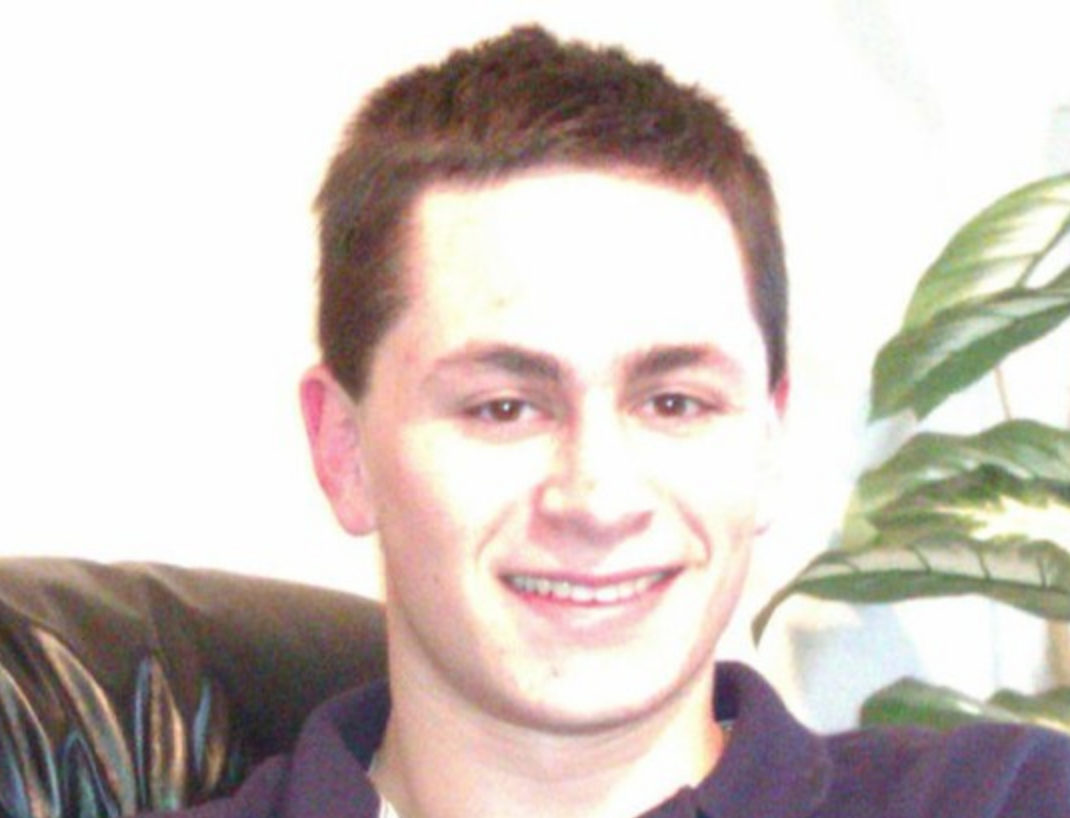
It happened again.
After officials in Austin, TX. identified Mark Anthony Conditt as the man who had been terrorizing the city for weeks by delivering deadly package bombs to residents, some media outlets began publishing profiles aimed at humanizing the man behind the murderous acts.
Instead of headlines calling Conditt a domestic terrorist, several news agencies reported the 24-year-old bomber was “smart” and “introverted.” The Associated Press interviewed Conditt’s uncle, who called the killer a “smart and kind ‘computer geek,” and a neighbor described him as “polite.” The Washington Post said Conditt was “frustrated by life,” while Austin’s local ABC news channel described him as “quiet and introverted” and noted that he was into gymnastics.
While these types of news stories aim to get into the mind of a suspect, the glowing profiles of a killer are typically reserved for only one type of perpetrator: white.
Black victims, on the other hand, don’t even warrant such treatment from media outlets. When 18-year-old Michael Brown was gunned down in 2014 by a police officer in Ferguson, Mo., the New York Times ran an article that argued Brown, who was unarmed when he was killed, was “no angel.” Later that year, when 12-year-old Tamir Rice was shot by two Cleveland police officers while he played in a park, some media outlets choose to report on his father’s criminal history, as if that had anything to do with the preteen’s death.
After news outlets began publishing sympathetic accounts of the Austin bomber’s life, many took to social media to point out the double standard in the way white perpetrators are treated versus victims and perpetrators of color.
As investigators continue to search for the motive behind the deadly bombings, Conditt’s victims are dealing with the aftermath of his attacks. The family of Conditt’s first victim, Stephan House, said they still do not feel safe, particularly because police first suspected the 39-year-old husband and father of blowing himself up.
“Once he was painted as doing it to himself, people lost respect for him,” Norrell Waynewood, House’s brother, said. “People stopped offering to help out at the funeral, stopped giving money, stopped helping.”
Even worse, while the media continues to dig deeper into Conditt’s life, Waynewood feels like his brother, and the other victims, have been overshadowed.
“He was an athlete, started his own hedge-fund account from scratch,” Waynewood told the Daily Beast. “He was an academic, the type of guy who just wants to push. To be better, to make whatever situation you have better.”
“His whole life was for his daughter, for making her life better,” he added. “For her to be a leader, for her to be educated. That was it.”







